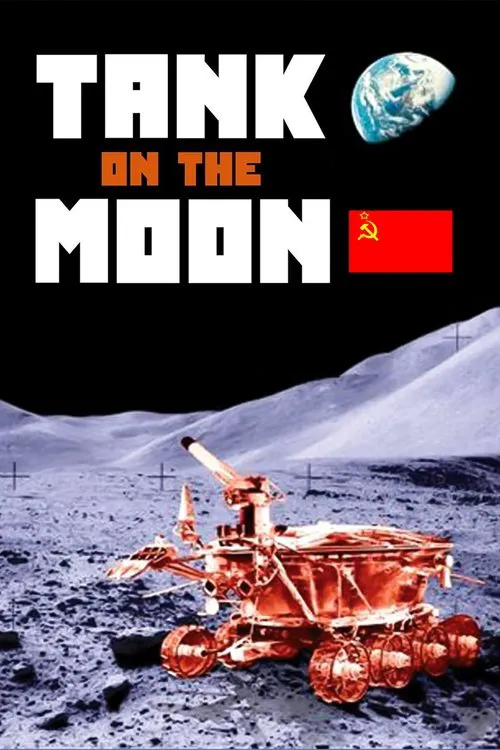Tank on the Moon

Plot
In the height of the Cold War era, the Soviet Union embarked on a groundbreaking endeavor - the Lunokhod program, a series of lunar rovers designed to traverse the moon's surface, gather scientific data, and claim a technological advantage in the space race against the United States. The brainchild of Soviet engineers and scientists, the Lunokhod project was shrouded in secrecy, with only a select few privy to the details of the ambitious mission. Among the engineers responsible for designing the Lunokhod's were two talented individuals: Boris Rauschenbach and Vladimir Kulygin. Rauschenbach, a renowned expert in robotics, and Kulygin, a brilliant mechanical engineer, worked tirelessly to develop the complex robotic systems that would enable the Lunokhod to navigate the moon's harsh environment. Their creations were nothing short of revolutionary - compact, lightweight, and incredibly durable, the Lunokhod's could withstand the extreme temperatures, radiation, and lack of atmosphere on the lunar surface. The first Lunokhod, Lunokhod 1, was launched on November 10, 1969, aboard the Soviet spacecraft Luna-17. The spacecraft traveled an arduous 178 hours and 38 minutes to reach the moon's orbit, finally landing in the Sea of Rains on November 17. As the Luna-17 spacecraft's ascent module separated from the descent module, the Lunokhod 1 began its own journey, rolling down a lunar ramp and onto the moon's surface. The first images beamed back to Earth by the Lunokhod's onboard cameras revealed a stark, barren landscape - yet, to the Soviet engineers, it was a breathtaking sight, the ultimate proof of their technological prowess. The Lunokhod 1's primary mission was to conduct a thorough survey of the moon's surface, transmitting valuable data to Earth via radio signals. Equipped with a suite of scientific instruments, including cameras, radar, and a magnetometer, the Lunokhod captured stunning high-resolution images of the moon's terrain, revealing numerous geological features, including craters, ridges, and lava flows. The data collected by the Lunokhod 1 would significantly enhance our understanding of the moon's origin and evolution, shedding new light on the mysterious body that had captivated human imagination for centuries. During its operational phase, the Lunokhod 1 traversed over 10 kilometers, covering a vast area of the moon's surface. Its onboard instruments continued to transmit valuable data, including images of the moon's surface, until it finally ceased transmission on September 14, 1971. The Lunokhod 1's mission was an unparalleled success, showcasing the Soviet Union's remarkable capabilities in space exploration and robotics. The successes of the Lunokhod 1 paved the way for its successor, Lunokhod 2, which was launched on January 12, 1973, aboard the Luna-21 spacecraft. Equipped with improved instruments and a more advanced design, the Lunokhod 2 set a new standard for lunar exploration, transmitting a wealth of data on the moon's geology and composition. Over its operational period, the Lunokhod 2 achieved even greater distance than its predecessor, ultimately traveling a staggering 42 kilometers across the moon's surface. The Lunokhod program, though lesser-known compared to other Soviet space achievements, stands as a testament to the ingenuity, determination, and technological prowess of the Soviet engineers and scientists involved in the project. Their groundbreaking innovations played a pivotal role in expanding our knowledge of the moon, inspiring future generations of space explorers and setting the stage for the remarkable achievements of modern robotic missions.
Reviews
Recommendations




